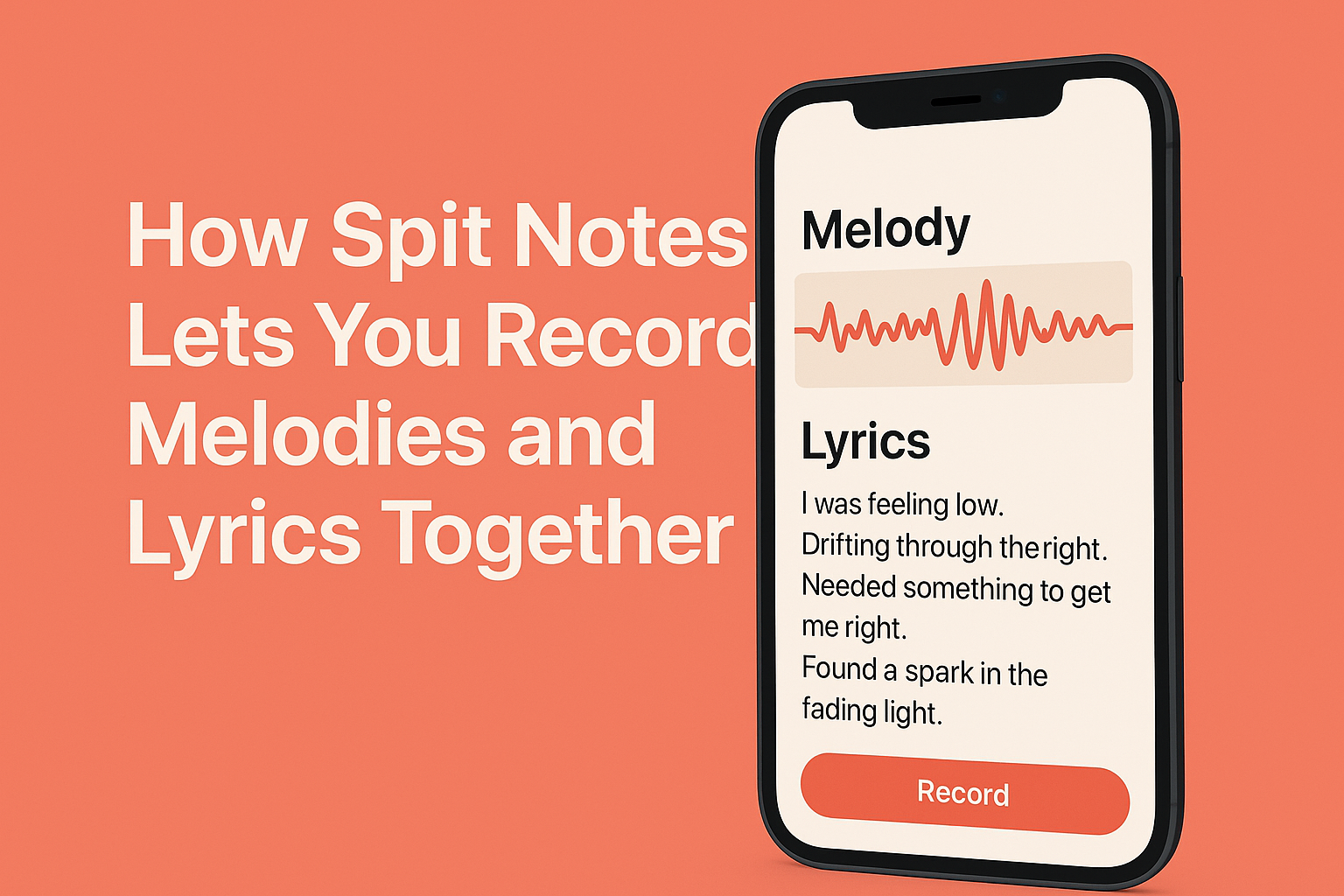AI in Government: Benefits, Risks & Ethics
Local, state, and federal governments are embracing government artificial intelligence to revolutionize their IT services—from processing benefits to traffic management. A 2024 National Conference of State Legislatures report reveals over half of government employees use AI daily, while legislators in more than 30 states are crafting guidance around its use NCSL. This isn’t a trend—it’s a seismic shift. But with power comes responsibility.
The Upside: Efficiency, Accuracy & Innovation
1. Speed & Scale
- Faster public services: AI streamlines routine tasks like handling forms, routing inquiries, and translating materials.
- Smart analytics: AI helps agencies preempt fraud, optimize traffic, and predict infrastructure needs—saving millions. Deloitte estimates federal IT automation may save between 96 million and 1.2 billion hours annually Wikipedia.
2. Data-Driven Insights
- AI tools can analyze social media, health data, or welfare records to inform policy fast.
- They also model scenarios—like fiscal decisions or pandemic responses—quickly and cost-effectively .
3. Citizen-Centric Services
- Automated systems can handle life-events—like births or unemployment instantly. Estonia’s invisible government even auto-enrolls newborns in schools and judges small claims.
The Downside: Bias, Transparency & Trust
1. Invisible Biases
- AI inherits real-world prejudice: if training data is biased, so are decisions.
- As Harvard’s Sandel warns: “Redlining again”—AI can re-establish systemic inequity under the guise of objectivity.
2. Lack of Explainability
- Many AI systems are “black boxes.” If citizens can’t challenge decisions, trust erodes.
3. Over-Dependence Risks
- Psychological studies find officials may over-rely on AI, even when signals suggest caution—leading to unjust outcomes
4. Democratic Legitimacy
- Citizens may feel stripped of control, undermining the democratic social contract. One study shows that early efficiency gains quickly diminish perceived agency.
Human Role in AI Development
- Human-in-the-loop systems: Require qualified humans to verify decisions, especially when outcomes are high-stakes.
- Policy oversight: Human judges, ethics committees, and independent audits must be built into deployment protocols to avoid automation bias .
- Skill-building: Staff need new training in AI literacy to understand, monitor, and correct AI outputs.
Governance: Ethics & Safeguards
Governments are working to balance rapid innovation with responsibility:
1. Ethical AI Frameworks
- OMB and agencies advocate for fairness, transparency, and privacy aligned with Executive Order 14110.
- State-level laws require AI inventories, impact assessments, and risk categorizations (e.g., Connecticut, Maryland, New York).
2. Institutional Oversight
Beyond human-in-loop: agencies must justify AI adoption publicly and submit to democratic review before implementation.
3. Independent Audits
States like New York face audits revealing fairness gaps, misclassifying AI tools, and lacking clarity on responsibilities
Ethical Considerations: A Deep Dive
Let’s break it down with vivid, reader-friendly headings:
Privacy & Surveillance
AI can aggregate and process personal data at scale—threatening privacy unless controlled
Bias & Discrimination
Historical data embeds inequality into future decisions. AI risks amplifying that if not corrected .
Accountability
Who’s accountable if AI makes the wrong call? Government agencies, private vendors, or developers? We need clear assignation and liability frameworks .Transparency & Contestability
Transparency (explainable AI) and the right to challenge decisions are essential for democratic legitimacy .
Government IT Services & Technical Investment
To leverage AI responsibly, governments must strengthen their digital infrastructure:
- AI inventories: Tracking every deployed system with transparency per state mandates NCSL.
- Chief AI Officers & Councils: Senior-level positions ensure uniform strategy and governance NCSL.
- Vendor accountability: Contracts must enforce bias testing, audits, and data policy compliance.
Putting It All Together: Balanced Roadmap
To do AI right, governments must:
- Pilot smart, low-risk projects: e.g., traffic triage, automated filings.
- Build legal guardrails + ethics boards: Embedded from design stage.
- Embed Human Oversight: Especially in high-stakes decisions.
- Invest in IT & data modernization: Reliable, equitable systems powered by quality data.
- Empower public review: Make AI use transparent and contestable.
Final Takeaway
Government artificial intelligence offers unparalleled improvement in efficiency, responsiveness, and predictive capability especially when integrated into modern government IT services. But without thoughtful structure ethical design, human collaboration, clear accountability, and citizen oversight it risks bias, opacity, and public distrust.
In the end, AI should empower governments and citizens not replace them. With ethical guardrails, vibrant human roles, and transparent systems, we can let AI heighten our humanity, not diminish it.













